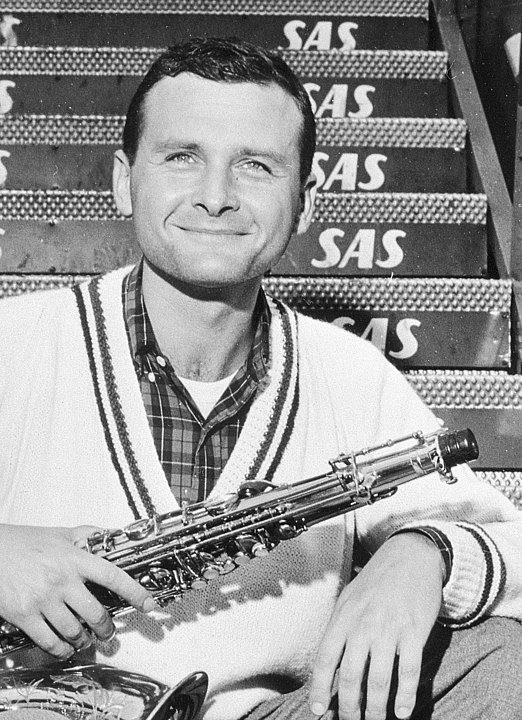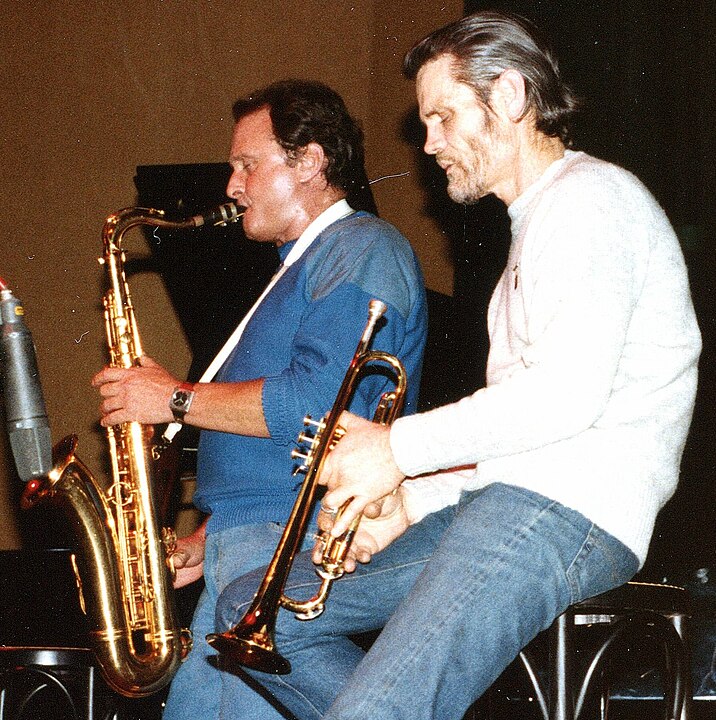Introduction to Stan Getz
Dubbed as “The Sound” for his light and warm sound, Stan Getz (1927-1991) was an American jazz saxophone player. He was born in Philadelphia, Pennsylvania and grew up in New York City. He got his first saxophone when he was 13; Lester Young was a major influence who contributed to Getz’s trademark style. He went on to play with jazz legend Woody Herman in the late 1940s where Getz achieved much prominence. Getz incorporated bossa nova into his repertoire, bearing his most famous hit from the 60s music era “The Girl from Ipanema,” which is now considered a standard tune. He died in Malibu, California in 1991, aged 64. Getz is now hailed as one of the greatest jazz tenor saxophonists of all time.
The early life and career of Stan Getz
The American jazz saxophonist Stan Getz achieved commercial with his worldwide hit “The Girl from Ipanema” that became a favorite on every oldies music playlist. Born Stanley Gayetzky on February 2, 1927 in Philadelphia, Pennsylvania, Getz was later dubbed as “The Sound” for his light and warm sound. He was raised by his Jewish parents who used to live in the Ukraine and migrated to the United States in 1903. After residing in Philadelphia, they movedto New York, hoping to get good employment. Although Getz did well in school and in fact was getting straight A’s, his main interest still lay in making music.. He tried a number of different instruments in his early age, but at 13, he became fond of playing saxophone. His father bought him the instrument and he eventually got hooked with it.
During in the early 1940’s, Getz became a part of the All City High School Orchestra of New York City. By joining the ensemble, he was given a free tutorial from the New York Philharmonic’s bassoon player Simon Kovar. Nonetheless, he resumed playing the saxophone. Shortly thereafter, he decided to give up his studies to pursue his music career. He had a chance to perform with artists such as Nat King Cole, Lionel Hampton, Jimmy Dorsey, Stan Kenton and Benny Goodman. At the age of 16 he became part of Jack Teagarden’s band, and being the youngest member of Teagarden’s band, Getz became somewhat like his student. Getz’s performance was noticed later that decade after working with Woody Herman on “The Second Herd.” He started to record as a solo artist subsequently.
Getz’s recordings and hit singles
In 1952, Getz’s performance on the album of Johnny Smith called Moonlight in Vermont earned him good reputation as a musician. At the same time, the record gained a slot as one of the year’s top jazz albums. Mounting a solo career in the mid-1960’s, he spent performing in Scandinavia with jazz artists such as Oscar Peterson, Johnny Smith and Horace Silver to name a few.
In 1961, Getz returned from his stint in Europe and decided to bring the bossa nova music to the United States. Along with Charlie Byrd (guitarist), they issued Jazz Samba that would become a million-selling album in 1962. The carrier single “Desafinado,” gave him a Grammy award for the Best Jazz Performance category in the following year. The sophomore album Big Band Bossa Nova was issued in late 1962, followed by Jazz Samba Encore! in 1963. The latter was also a million-selling record and earned him his second gold disc from the RIAA a year after.
In 1963 Getz recorded and released Getz/Gilberto along with prominent Brazilian musicians Antonio Carlos Jobim, Joao Gilberto and his wife Astrud Gilberto. The album yielded a single titled “The Girl from Ipanema,” which later became a big hit on the Billboard Hot 100 at #5 (#1 on the Billboard easy listening chart) in 1964. The song also propelled the then-unknown Astrud into international stardom.
During his collaboration with the Gilbertos, he began an affair with the very much married Astrud. This eventually resulted to the end of his musical partnership with her and her husband Joao.
Switching back to cool jazz from bossa nova, Getz recorded Nobody Else but Me in 1964. Sadly, it was not released by the Verve Records for they still preferred a bossa nova album from Getz. Nobody Else but Me was finally issued three decades later, but Getz had died at the time of its release.
On June 6, 1991, Getz was claimed by liver cancer in Malibu, California. He was 64 years old.


